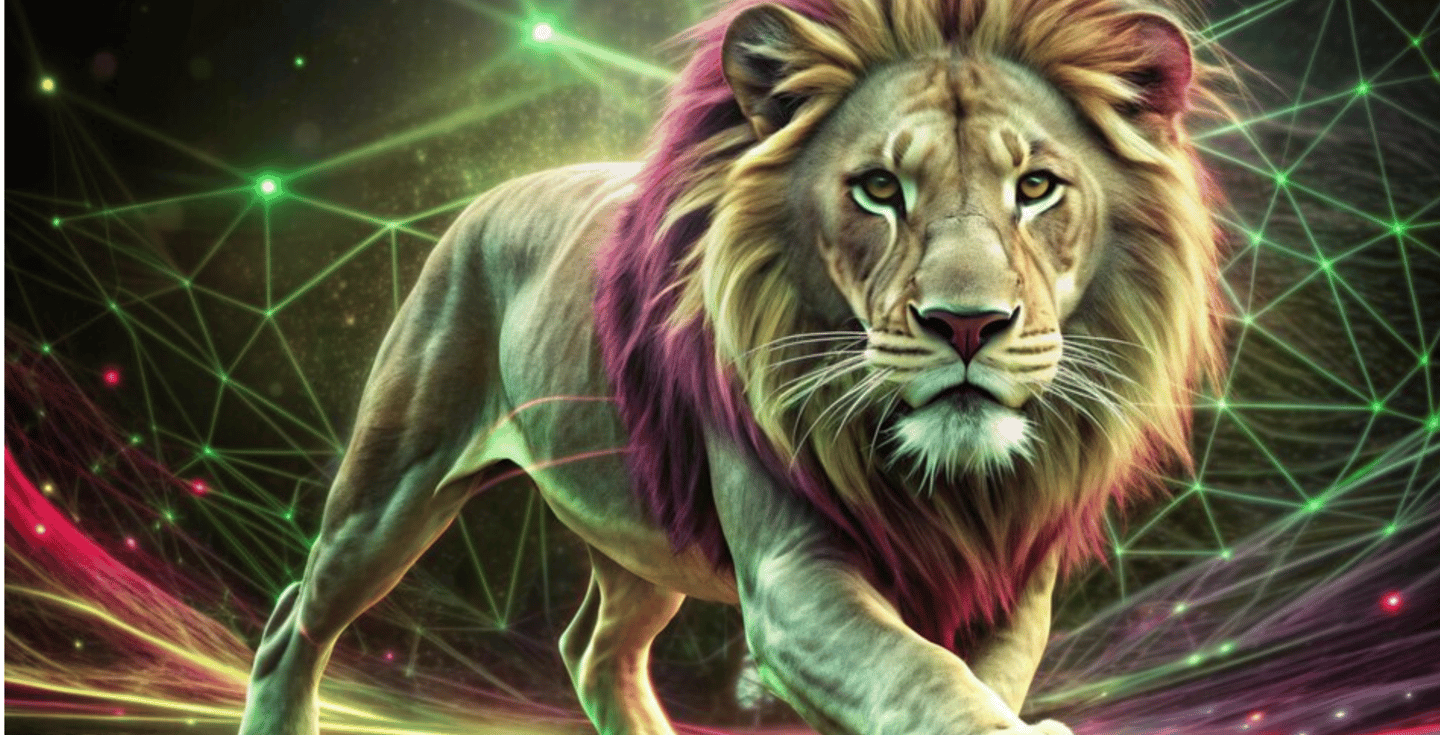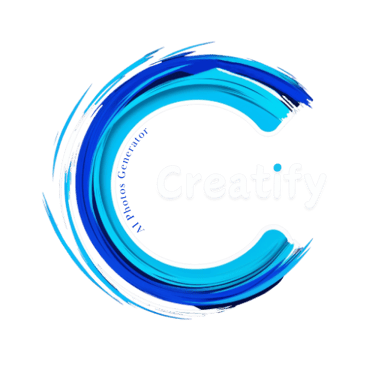Add a Lion's Mane to an Image Using AI: A Revolutionary Guide
Creatify
7/23/20254 min read


Introduction to AI Image Editing
In the rapidly changes of this era of digital art and photography, artificial intelligence has some magic that affords its practitioners, sometimes even mere amateurs, to carry out the most complex tasks with unbelievable ease, such as adding a lion's mane onto images. AI has made it possible to perform awe-inspiring results for everyone, ranging from professional photographers to digital artists to people seeking enhancement fun in photo manipulation, without requiring advanced technical skills. Software’s like Adobe Photoshop and Luminar Neo apply cutting-edge technologies such as Generative Fill and neural-style transfer for the effortless integration of elements such as lion manes into any picture. Hence, this article is going to focus on how AI is changing our approach to image editing in particular when it comes to adding a lion's mane to a given photo using AI practices.
Understanding the Technology Behind AI Image Editing
Particularly looking into the various form of technologies that AI image editing employs basically starts with an explanation concerning how to add a lion's mane to an image using AI. The very necessary advancements in this area include image inpainting, basically filling in the gaps or some altered features in an image factored into algorithms that fill in certain basic characteristics of an image faithfully. Coupled with content-aware fill, the lion's mane thus added will merge seamlessly with the rest of the image, maintaining properties such as lighting, texture, and perspective. AI photo enhancing tools like Topaz Labs and Canva apply deep learning image synthesis to analyze the images, giving back beautiful manes that are completely authentic. Adding or transforming an image into such kind of creative projects is able to recognize all these tools and make those implementations full of technology and solution to the dilemma.
Neural Style Transfer and AI Art Generation
Another revolutionary technology in AI image editing is called "neural style transfer," which allows for the transferring of artistic styles between images. This technique can be employed to create a lion's mane matching an art style of the original image, whether it be a factual photograph or stylized digital art. Advancing this a step further are AI art generation platforms like OpenAI DALL-E and GANPaint Studio, which allow users to generate new elements from scratch-a lion's mane from scratch. These programs utilize AI image synthesis to create new, high-quality, detailed images that fit neatly into existing photographs. The level of creativity and precision these tools can achieve rivals anything imaginable before, with manual labor of similar creative identical nature.
Semantic Image Editing for Realistic Results
AI-driven photo-editing tools have also made massive strides in the field of semantic image editing, which focuses on understanding the context and meaning behind elements in an image. The importance lies mainly in clothes dragging and dressing in a lion's mane; because the AI can analyze and understand subject pose, facial expression, and surroundings, the lion's mane gets position and proportion visually right. AI-powered photo manipulation tools like Dzine and Pika Art AI excel in this area, offering features that allow users to make adjustments to the positioning, size, and texture of the mane. These tools use advanced algorithms capable of processing vast amounts of visual data to ensure that the end result retains its realistic look and respect for beauty.
Democratizing Creativity with AI Tools
One of the biggest selling points of AI image editing is the democratization of creative expression. With the help of AI creative tools, anyone without a background in photography or graphic design can dabble with advanced techniques like image compositing and digital image augmentation. For example, the Google Pixel Camera uses AI-enhanced photo editing to enhance photos automatically, making it much easier for users to add creative features like a lion's mane. In the same way, AI design tools like Canva provide intuitive interfaces, guiding users through image modification, ensuring everyone gets professional-grade results. This accessibility has opened entirely new avenues for creative expression, enabling more people to explore AI-generated imagery.
Step-By-Step Guide to AI's Add-a-Lion's-Mane
Combining all of those things into one lion's mane has to follow a series of steps. First, the upload of the image one wants to edit should be made to an AI photo editor. This is followed by selection of the area for the mane using generative fill or content-aware fill tools. The AI analyzes the image and creates a mane in such lighting, texture, and perspective as the original photo. The user can then refine this to make it appear realistic by adjusting parameters such as color, opacity, and texture. Finally, the edited image is saved and can be shared or printed, thus showing the user's creativity and the power of AI-powered photo editing.
Benefits of Using AI for Image Editing
There are numerous benefits of using AI to achieve such changes as putting a mane on a lion picture. For one, given this involves server processing time-stamped seconds, the amount of time and energy saved will be equivalent to going through complex edits in seconds. Additionally, it ensures a certain level of accuracy and consistency since the AI would analyze and replicate details that a human might find hard to cover without the help of a computer. AI image processing also provides the user a variety of styles and effects for experimenting with digital art into the next level. Be it fanciful portraits or dramatic wildlife scenes, AI image augmentation gives you the freedom and control to express yourself.
In conclusion, being able to put a lion's mane on an image with the help of AI is quite synonymous with the incredible advances that AI image editing and photo manipulation have reached these days. From generative fill and neural style transfer, to image inpainting and AI art creation, these technologies have transformed the way we approach creative projects. Adobe Photoshop, Luminar Neo, and Canva have made professional-grade editing easier than before, while OpenAI DALL·E and GANPaint Studio continue opening new doors of experimentation and innovation. As the AI advances, we will see more surprises in photo editing with AI, other channels of creative expression. It's never been a better time to dive into AI-enhanced photo editing for an enthusiastic amateur or a weather-worn pro and put the magic back of putting a lion's mane on picture into perspective.
